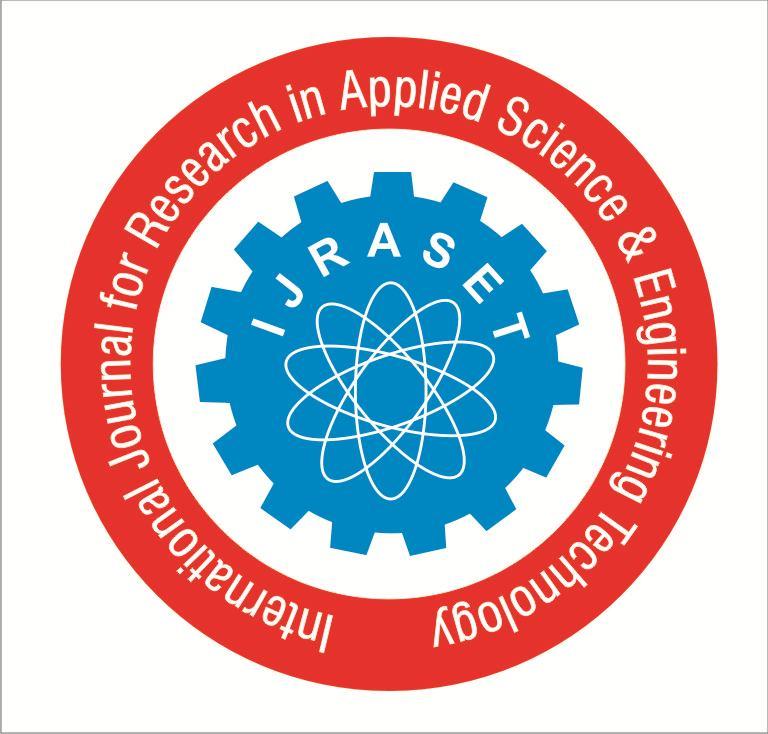
2 minute read
International Journal for Research in Applied Science & Engineering Technology (IJRASET)
ISSN: 2321-9653; IC Value: 45.98; SJ Impact Factor: 7.538
Volume 11 Issue II Feb 2023- Available at www.ijraset.com
Advertisement
IV. WORKING

The main component of the system is the AC generator. It converts the kinetic energy of the wind into electrical energy for usage. The generated electricity then passes through an AC-DC regulator and converts it into direct current (DC) voltage. This free electricity must use a battery charger to continue the charging process. This ensures no backflow when the roof ventilator is not running. An inverter is used to convert direct current to alternating current for use with an alternating current load. The Ventilator is an efficient and economical ventilation system. The operation of ventilators is based on the pressure and temperature difference, which promotes natural convection. Ventilators are installed on the roofs. The impellers of the rotating parts are in contact with the outside air. They are turned by the movement of the wind and do not require electricity or an external power source to operate. Ventilators works to lower the temperature in a building by removing hot air and replacing it with fresh, cooler air. The hot air generated inside the building is lighter in weight and less dense. Therefore, they tend to flow up to the ceiling by natural convection. Rotary ventilators suck in these hot gases and release them into the atmosphere. This creates a low-pressure area around the ventilator. Due to this pressure drop, fresh, cold air flows through the turbo ventilator inside the building with a higher density. This cycle continues and the flow of hot and cold air helps the ventilator to spin. Thus, the ventilator works 24x7 and minimizes the internal temperature by 3 degrees without electricity consumption. Ventilators move freely. This ventilator rotation can be used to generate electricity. This idea can be combined with wind turbines, which produce electricity through a windpowered electric generator. Similarly, we can use an electric generator connected to a turbofan to produce electricity.[8] The operation of the generator is based on Faraday's law. Faraday's law states that when a conductor moves in a magnetic field, an emf is induced in the conductor. Electric generators consist of two main parts - the rotor and the stator. The rotor is the rotating moving part and the stator is the fixed part. Primitive generators used permanent magnets as a stator and an armature consisting of coils as a rotor. The armature would rotate between the magnets and produce alternating current (AC). However, such a design was not possible because advanced generators used large brushes. Therefore, a new model was formed. The armature was considered the stator and the permanent magnet rotates like the rotor. Radial-Flow permanent magnet generators are ideal for high speeds. But the torque of the ventilators is low. Spinning a heavy magnet is not enough. The generator system also prevents thermal convection and makes it difficult for the ventilator to operate. Therefore, axial flux permanent magnet (AFPM) generators were used for processing. They have a higher power density. Such generators are ideal for low torque applications. The e.m.f produced by the generator is alternating current in nature. They are of small size i.e., less than 10 V. That is why they are connected by a step-up transformer. In a step-up transformer, the input voltages are stepped up to a higher output voltage due to the mutual inductance of the coil windings. It can be used to directly power LED lamps for lighting. Another option is to store it in batteries as a DC source. An AD converter consisting of a rectifier and filter circuits is used to convert alternating current to direct current. It is then transferred to the battery for storage and can be used for future applications.[8]



